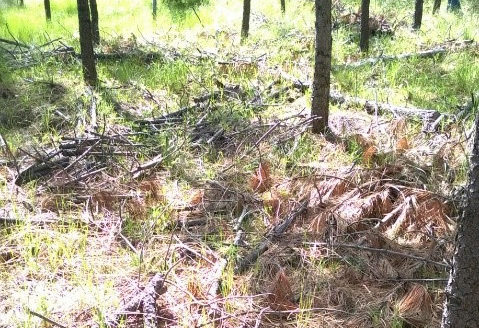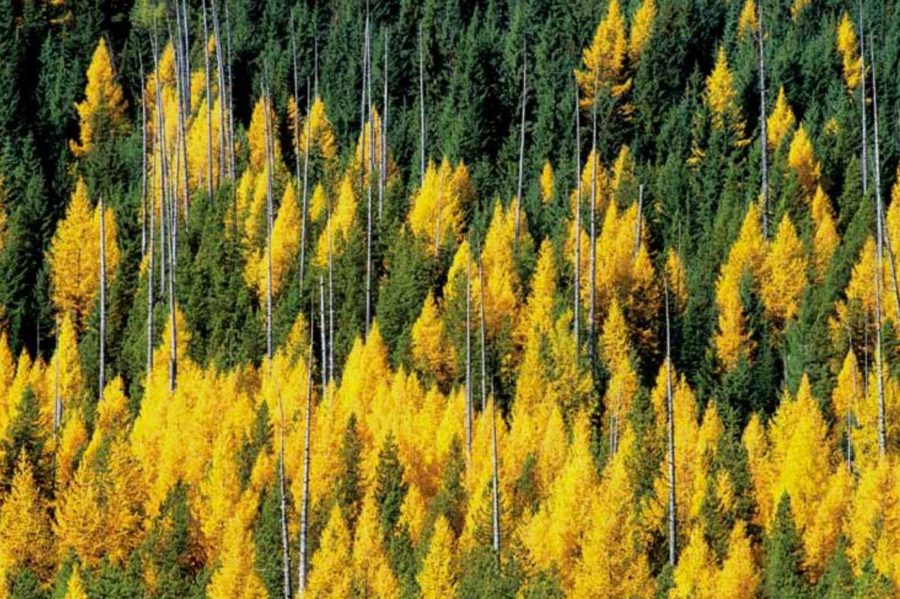Background & Significance of the Awards:
On the 21st of April 2014, the City Council for the City of Spokane adopted Resolution No. 2014-0039, which formally declared the Ponderosa Pine (Pinus ponderosa) the City’s official tree. Their declaration mentions many reasons why this native conifer deserves this status, including its outstanding adaptation to local ecological conditions, drought and fire tolerance, low-maintenance, wind firmness, wildlife habitat, and the many other environmental, economic, social, health and aesthetic benefits it provides both residents and visitors of Spokane. The Resolution specifically states that the citizens of Spokane should support the development of policies and programs to protect existing Ponderosa Pine trees and the ecosystem in which they exist, including the planting of new Ponderosa Pine trees. Towards this goal, the SPOKANE PONDEROSA NETWORK has elected to formally recognize the contributions made by the Mr. Kelly Chadwick (Spirit Pruners). These awardees provide excellent examples of how property owners and their arborists can successfully incorporate Ponderosa pine forests into a variety of different urban land uses, and improve both commercial and residential property values. Certificates of Appreciation will be presented to representatives of Spirit Pruners and Whitworth University at the Spokane City Council’s meeting on October 9th, 2017.
About Spokane Ponderosa Network:
The Spokane Ponderosa Network (SPN) is a group of citizens focused on the conservation and restoration of the City of Spokane’s official tree, Pinus ponderosa, and the ecosystem that it depends on. Our geographic scope is primarily the City of Spokane, where there has been a long history of removal of Ponderosa groves due to urbanization, and replanting has not been sufficient to sustain the forest. One of SPN’s programs is to present awards to people, businesses, agencies, non-profit organizations, such as commercial and residential property owners and arborists who have made an outstanding contribution towards conservation or restoration of Spokane’s official tree and our native forest. New SPN awards will be announced periodically. Other recent awards include Ferris High School (S. Regal St.) and Summit Church (E. 29th Ave).
About new SPN Award Winners:
Kelly Chadwick: Mr. Chadwick is the owner of Spirit Pruners, a small, progressive, Spokane company with a couple crews of arborists. Spirit Pruners practice visionary arborism, continually refining their practices to benefit trees and improve Spokane’s forest habitats, providing sustainable alternatives for customers. Our research suggests Spirit Pruners have declined job offers to remove many large healthy Ponderosa pines in Spokane that are of little risk to life and property. SPN encourages other arborists working in Spokane to exercise similar old-tree conservation practices.


